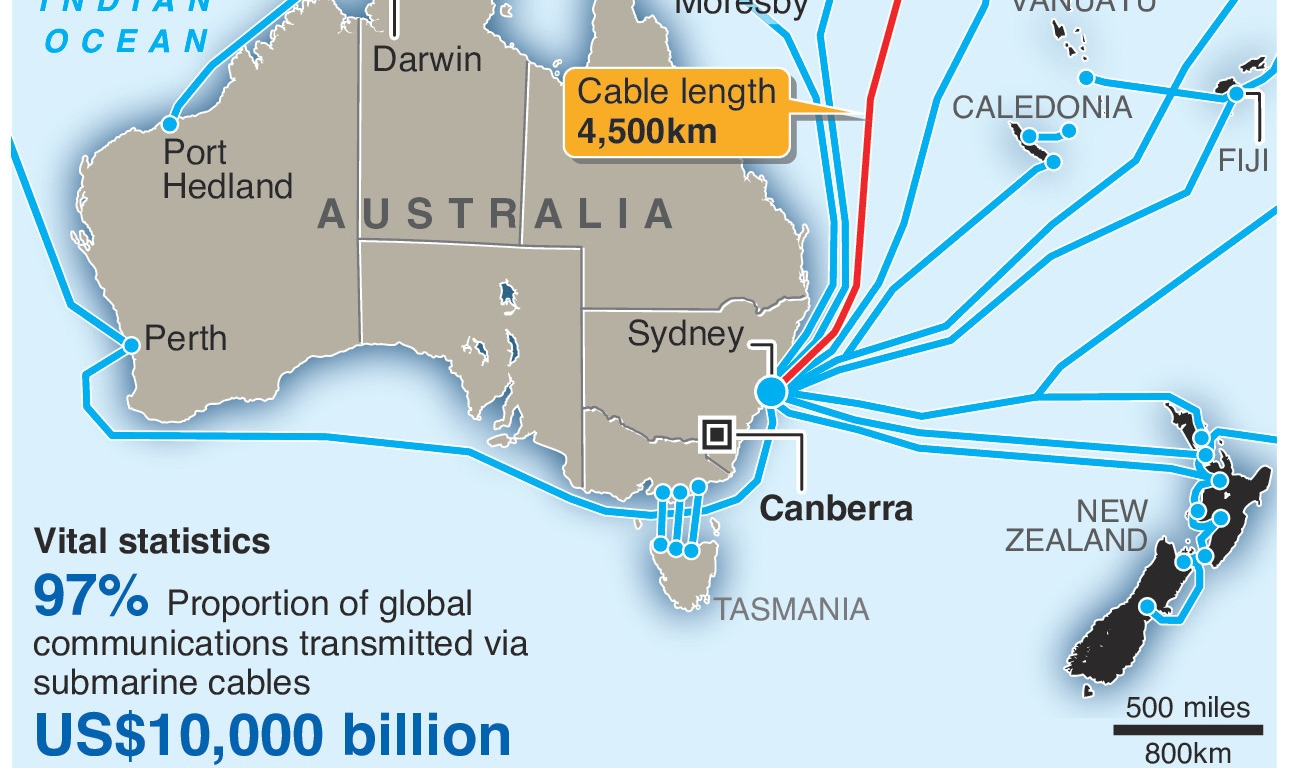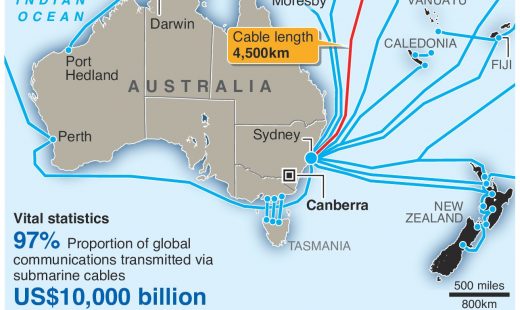Google’s Undersea Cable Project To Speed Cloud, Digital Services
Google’s Undersea Cable Project To Speed Cloud, Digital Services
The latest part of Google’s undersea cable project connects Japan to Australia — about 6,000 miles. It expands on a project that began last year.

The move, announced this week, aims to advance the company’s ability to connect the world and serve its cloud customers with the world’s largest network.
The initial news, announced in January 2018, detailed Google’s investment — about $30 billion in three years — to improve the infrastructure.
In the first phase, Google said it would open its Netherlands and Montreal regions in the first quarter of 2018, followed by Los Angeles, Finland, and Hong Kong.
The latest investment in the Japan-Guam-Australia (JGA) Cable System will give Google Cloud users the ability to scale projects without experiencing low latency.
The cable system, which Google calls JGA, covers nearly 6,000 miles and will connect with the existing Hong Kong-Singapore-Australia cable to build a ring that covers the Asia-Pacific region.
The JGA cable system will have two fiber pairs connecting Japan to Guam, and two fiber pairs connecting Guam to Sydney.
Michael D Francois, global network infrastructure at ?Google, explains in a blog post that the cable will support data from search to serving directions to Maps users to video and YouTube views.
GCP now has 15 regions, 45 zones, more than 100 points of presence, and a well-provisioned global network with 100,000s of miles of fiber-optic cable, according to the company.
JGA is being co-built by Japanese tech company NEC Corporation, as well as Alcatel Submarine Networks. The JGA-South segment is being developed by a consortium of AARnet, Google, and RTI-C, while the JGA-North segment is a private cable being developed by RTI-C.
Google is not the only company working on an undersea cable system. Microsoft and Facebook installed a 4,000-mile undersea cable across the Atlantic Ocean from Spain to Virginia. The companies announced the cable in May 2016.
The idea is also to remove latency and move very large amounts of data between many computer data centers, a service of cloud computing that is now offered to advertisers.
(49)


